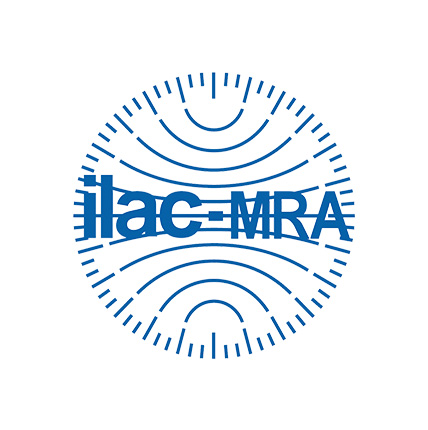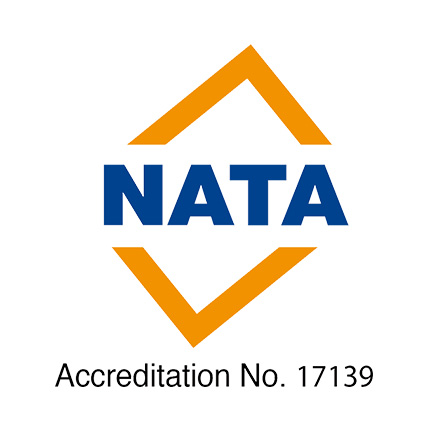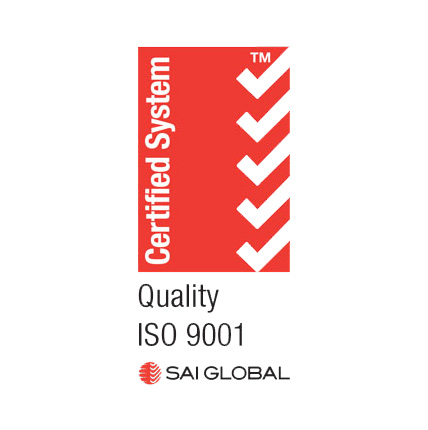The first type of asbestos inspections are Type 1, Presumptive Asbestos Inspections.
These are also known as also known as location and assessment asbestos inspections or presumptive asbestos inspections. This type of inspection is a preliminary survey through a building to identify materials within a building that are suspected of containing asbestos. The process involves an asbestos consulting walking through the property to make a list of the elements within a building or a house that are suspected of being Asbestos Containing Material (ACM).
At this point the Asbestos Containing Material or ACM is presumed as containing asbestos. A list of all the ACM is identified within the house or building is then compiled into an asbestos register. The asbestos register outlines the location of the building elements within the house or property and includes a risk assessment of the material.
The risk assessment is based on the type, friability (bonded or friable), surface treatment and condition of the asbestos, the occupant activity including location, frequency and duration as well as potential maintenance of the suspected asbestos material.
While the material may be suspected of containing ACM within a Type 1 Presumptive asbestos inspection, it must be reinforced that that it has not been confirmed that the material contains asbestos. The type 1 asbestos inspection is a precautionary measure just in case the material is ACM. Only by taking samples and testing using polarised light microscopy can determine the presence and type of asbestos. Thus all materials suspected as containing asbestos is treated as such.
Benefits of Type 1 Asbestos Inspections
The Type 1 asbestos inspection presumes that the material contains asbestos and hence a sum of money is then saved. There are no free asbestos testing
as such the cost of an inspection generally does not includes the cost of the testing services. The presumptive asbestos inspection reduces the cost by deferring asbestos testing until a date that three is a cost benefit in knowing whether the building elements within he house or home actually do contain asbestos.
The Type 1 asbestos inspection is the cheapest way to obtain a compliant asbestos register as required throughout most states and territories within Australia for workplaces. If you are renovating then a Type 3 Refurbishment and Demolition Inspection is more appropriate, as the cost of samples will more than likely repay itself through not requiring all building elements suspected of containing asbestos to be removed. If the testing identified that the building element does not contain asbestos then there will be no increased cost dur to the extra precautionary measures when dealing with ACM.
Buying a House and Worried about Asbestos ?
When buying a residential house or home, a Type 1 Asbestos Inspection is the most appropriate form. Many pre purchase building inspections will have limitations in their report to undertake further investigations as to whether the house may contain asbestos. Be careful though as even when engaging an asbestos consult, we cannot tell whether the house or home contains ACM by looking at it; a piece of the material needs to be taken from the home and then be analysed at a laboratory to determine as to whether the building element contains asbestos.
The advantage of the Type 1 asbestos inspection is that \you will not have authority to take samples and superficially damage walls and ceilings and the like to send for laboratory analysis. It is only until you own the home that you will likely be able to then send samples to a laboratory or arrange for an asbestos consultant to come to your home and take samples to confirm if it contains asbestos and when type of asbestos it may contain.
Another option in regards to and asbestos pre-purchase inspection is to walk through the house that you’re looking at buying to point out when materials are likely to contain asbestos and the likely risk that they might have based on your intentions when buying the house. If there are plans of refurbishment a Type 3 Asbestos Renovation Inspection will be recommended.
Limitations of Type 1 Asbestos Inspections
By far the greatest limitation of a Type 1 Presumptive Asbestos Inspection is that all the materials suspected of containing asbestos will be treated as containing asbestos. This may provide undue concern to people within the house, or in the workplace when the building element may not actually contains asbestos. In these situations where there an elevated risk as identified through the risk assessment, the first thing to do is to have the material tested at a NATA accredited laboratory to ascertain as to whether the material contains asbestos or not.
Failing to undertake the asbestos testing can introduce further requirements such as management plans, labelling and annual inspections or expensive removal costs, which would not be required if the material was tested and was found not to be ACM. In many instances the additional cost of Type 2 sampling inspections saves money in the long term.
In many instances, councils require an asbestos inspection or hazardous materials inspection as part of a development application. In these instances, it is not practicable to investigate thoroughly the extent of asbestos throughout the house. Our cause for concern, is that it is in the wrong phase of the development.
For instance, if renovations are to take place, then we would want to inspect the wall cavities and the like where asbestos may be lurking. Should the development application be rejected, then we have damaged walls and the like through the process. The most appropriate time for asbestos inspection to be conducted is after the development consent has been provided by council and there is no one within the house or building to then undertake an extensive survey.
Our recommendation is if the asbestos inspection is require at the time of the development application then a Type 1 presumptive survey be undertaken, with then a more extensive Type 3 Demolition and Refurbishment asbestos inspection be undertaken prior to knocking down walls and the like.
It must be ensured that all Asbestos Containing Materials (ACM) are removed prior to the refurbishment or demolition works be undertaken and a clearance certificate be provided by an asbestos consultant or Occupational Hygienist.
Don’t know who to turn to for your asbestos inspections?
Asbestos Check recommend National Association of Testing Authorities (NATA) accredited inspection companies to be confident of the quality and accuracy of the asbestos inspection. Asbestos Check is a Type A inspection organisation accredited by NATA (accreditation No: 17139) and complies with the requirements of AS/NZS ISO.IEC 17020 (2000).
Asbestos Check asbestos reports comply with the National Occupational Health and Safety Commission Code of Practice for the Management and Control of Asbestos in Workplaces [NOHSC:2018(2005)].
Need and asbestos inspection in Victoria, Melbourne, NSW, Sydney, ACT and Canberra, let Asbestos Check ensure that you comply with your OHS requirements. We have NSW & ACT government licensed asbestos inspectors (ACT Class A Asbestos Assessors: Farzad Jalali, license #2010268; Carl John Strautins, license #2007521) and approved by councils such as Kogarah Council.
Be absolutely assured. Safe Environments is NATA accredited for asbestos Inspections and preparing asbestos management plans.






